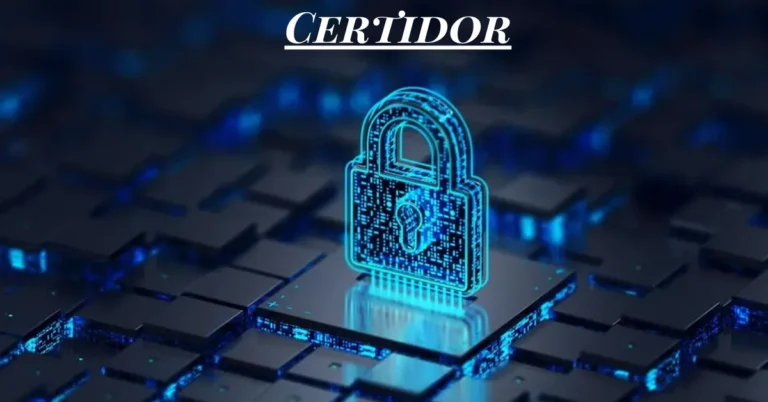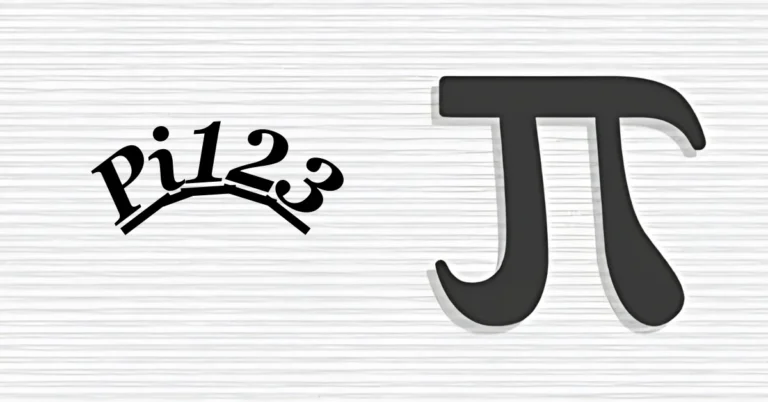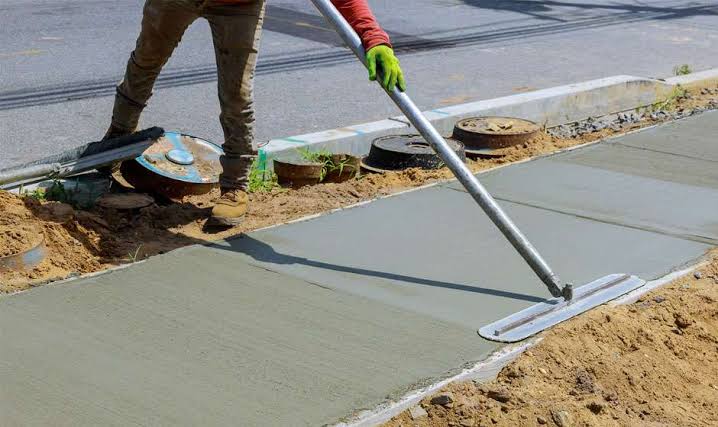The Long-Term Effects of Tornadoes on Electrical Infrastructure
The Effect of Tornadoes on Electricity is both immediate and long-lasting, as these powerful storms can devastate electrical infrastructure in a matter of minutes. Power lines, substations, and transmission towers are all vulnerable to destruction, leading to widespread outages that can take weeks or months to fully repair. While the immediate concern is restoring power, the long-term impact on the electrical grid often involves costly rebuilding efforts, increased vulnerability to future storms, and ongoing challenges in maintaining a reliable energy supply. Understanding these effects is essential for improving grid resilience and ensuring a stable electricity network.
Damage to Power Lines and Transmission Towers
When a tornado strikes, the first and most visible damage often occurs to power lines and transmission towers. These structures are crucial for delivering electricity to homes and businesses, and their destruction can lead to extended power outages. In the aftermath of a tornado, utility crews work to restore power, but rebuilding or replacing damaged infrastructure can take weeks or even months. In some cases, the destruction is so severe that entire sections of the grid need to be reconstructed from the ground up, delaying recovery efforts.
Strain on Substations and Transformers
Substations and transformers play a key role in converting high-voltage electricity into usable power for homes and businesses. When tornadoes hit, these components can suffer extensive damage due to debris, lightning strikes, and direct wind impact. Long-term, this can lead to a decrease in the reliability of the electrical grid. Damaged substations may require costly repairs or complete replacement, which can take time and strain the financial resources of utility companies. Additionally, the loss of transformers can create power imbalances that affect the stability of the grid over large areas.
Increased Vulnerability to Future Storms
One of the long-term effects of tornadoes on electrical infrastructure is the increased vulnerability to future storms. Even after repairs are made, areas that have experienced a tornado may not have the same level of resilience as before. Structural weaknesses in repaired transmission lines or substations could make the grid more susceptible to damage from subsequent storms, including other types of extreme weather like hurricanes or winter storms. Utility companies need to assess the long-term health of the grid and invest in upgrades to ensure that it can withstand future challenges.
Economic Costs of Rebuilding and Upgrading
The economic impact of tornadoes on electrical infrastructure extends far beyond the initial repairs. Rebuilding damaged infrastructure can cost millions of dollars, especially when entire sections of the grid need to be replaced. Additionally, there is often a push to upgrade the infrastructure to make it more resilient to future storms, which can add to the financial burden. These costs are often passed on to consumers in the form of higher utility bills. Long-term recovery may also involve federal or state funding, placing a strain on public resources.
Impact on Energy Supply and Distribution
Tornadoes can have a lasting effect on the energy supply and distribution network. The destruction of infrastructure can lead to energy shortages, especially in regions that rely on a centralized grid system. Long-term disruptions in power supply can affect industries, leading to production delays and economic losses. In some cases, communities may turn to alternative energy sources or microgrids to ensure energy stability. However, rebuilding the primary grid remains a top priority, as centralized systems are often more efficient for large-scale energy distribution.
Lessons for Grid Resilience
The long-term effects of tornadoes on electrical infrastructure underscore the need for better planning and investment in grid resilience. Utility companies and policymakers must consider stronger materials, smarter grid technologies, and distributed energy systems to minimize the damage from future storms. This includes investing in underground power lines, which are less vulnerable to tornadoes, and incorporating renewable energy sources that can help restore power more quickly after a disaster. Strengthening the grid will not only reduce the long-term impacts of tornadoes but also improve overall energy security.
Conclusion
Tornadoes have devastating and long-lasting effects on electrical infrastructure, from damaged power lines to strained substations and increased vulnerability to future storms. Rebuilding and upgrading this infrastructure is a costly and time-consuming process, but it is essential for ensuring reliable energy supply and minimizing future risks. By learning from past tornadoes and investing in grid resilience, utility companies and communities can better prepare for the challenges ahead, ensuring a stronger and more secure electrical system in the face of extreme weather events.






